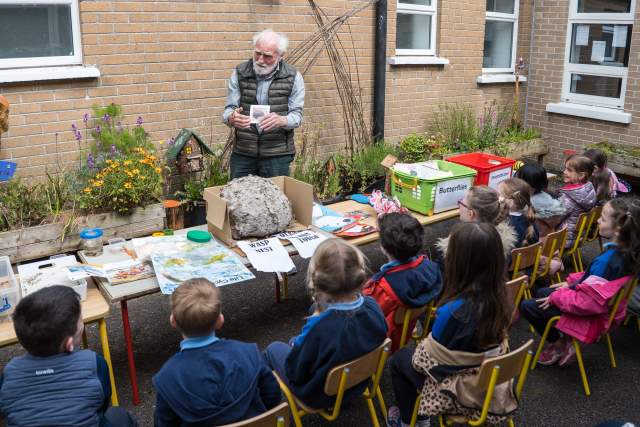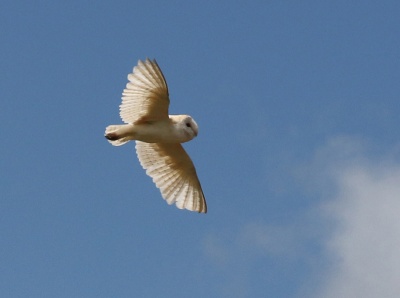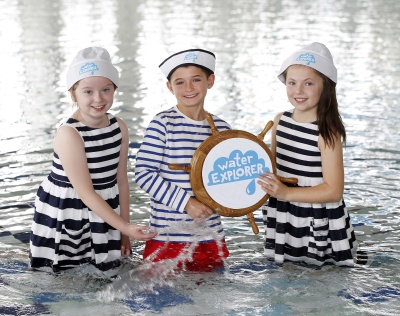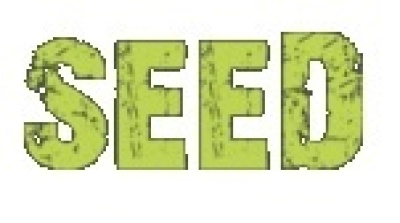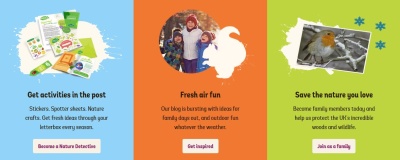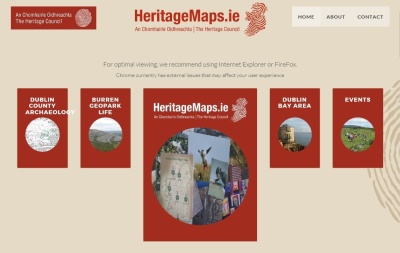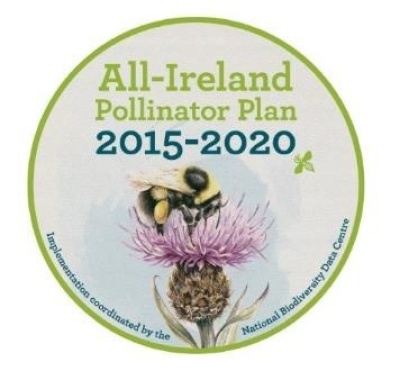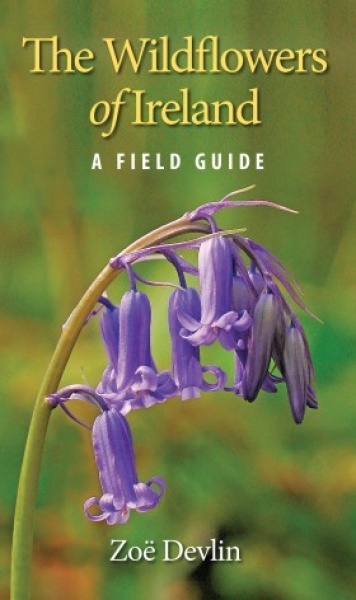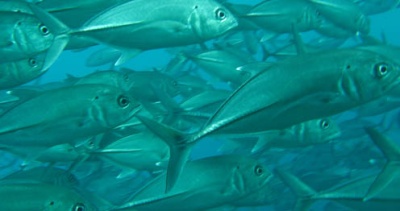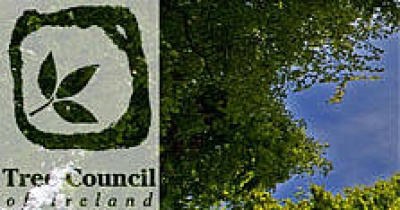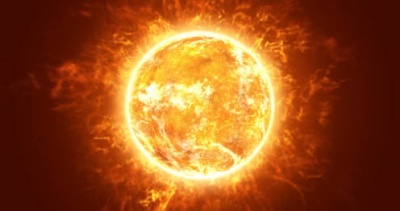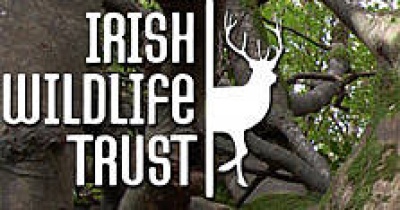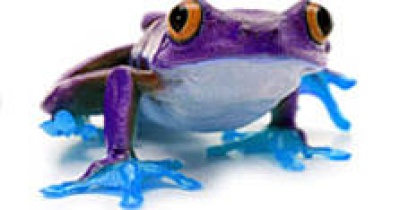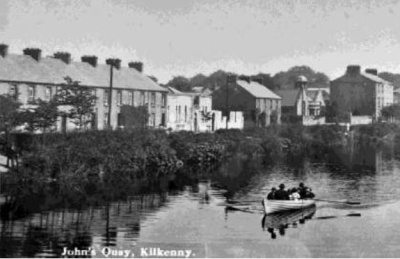Empowering Teachers and Pupils for a Better Life through Nature
Empowering Teachers and Pupils for a Better Life through Nature - some useful resources for pre-school and primary school teachers.
Read moreRead lessLast July BirdWatch Ireland hosted 60 preschool and primary school teachers for an environmental education training course as part of the Empowering Teachers and Pupils for a Better Life through Nature project, funded under the European Commission’s Erasmus+ programme. These lectures and training sessions were filmed and are available to down load free of charge.
